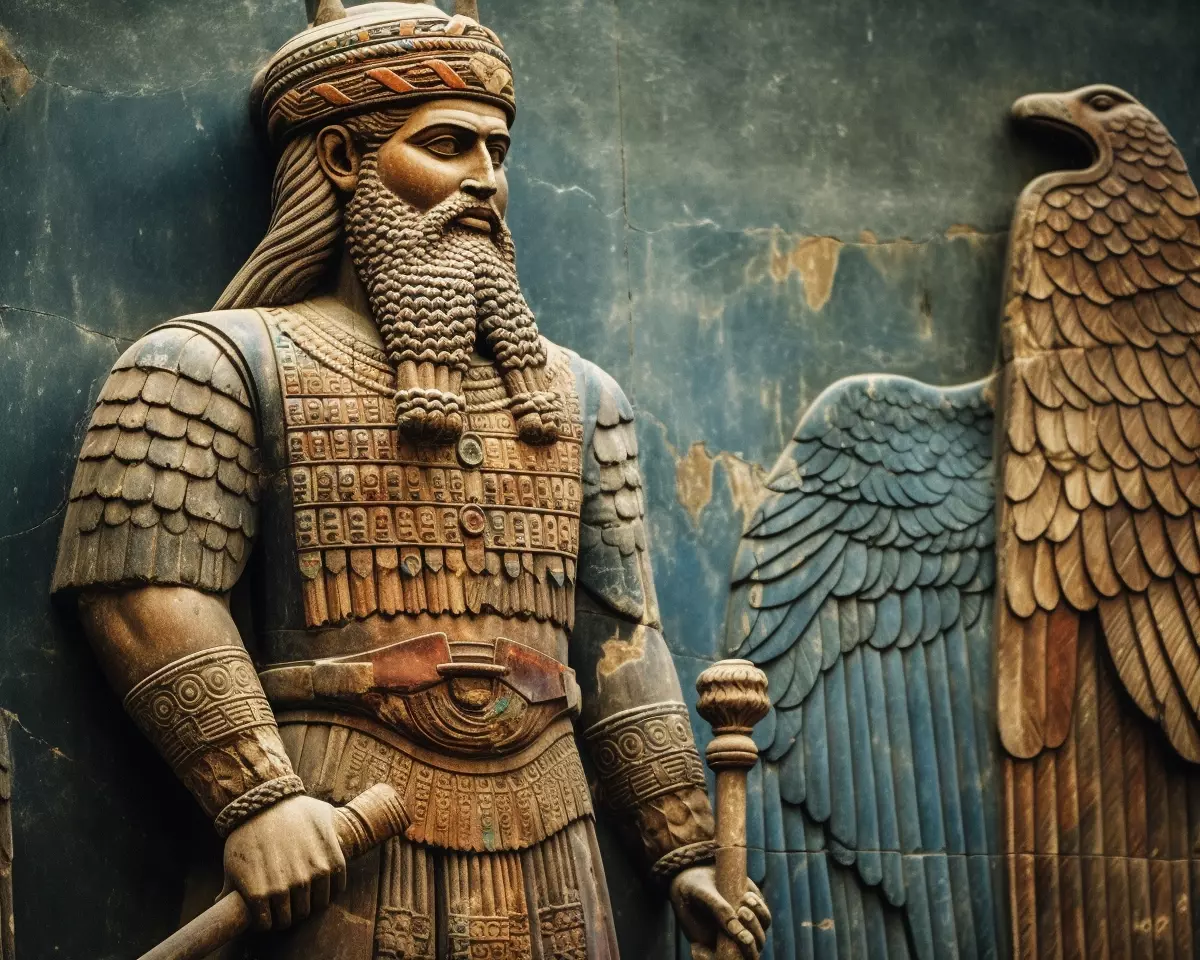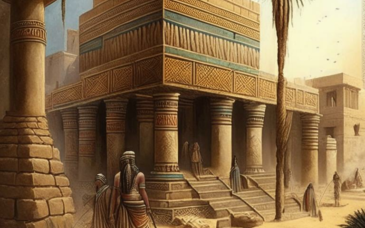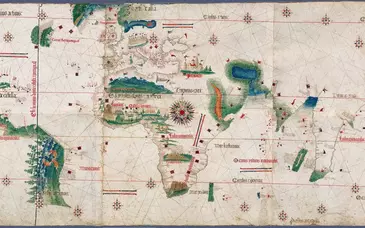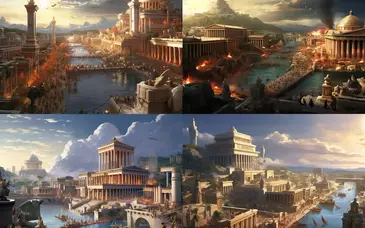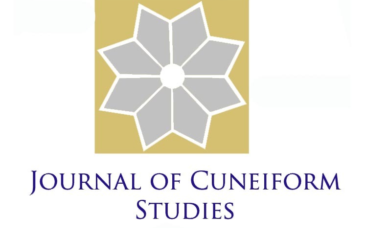Ancient Persia was a vast empire that stretched from the Indus Valley to the Mediterranean Sea. It was founded by Cyrus the Great in the 6th century BC, and reached its peak under Darius I in the 5th century BC. The Persian Empire was known for its tolerant and inclusive culture, and its contributions to art, architecture, and science.

The Persians were a nomadic people who originated in the Iranian Plateau. They were skilled warriors and horsemen, and they quickly conquered a large empire. Cyrus the Great was a benevolent ruler who allowed his subjects to practice their own religions and cultures. He also built a system of roads and canals that helped to unify his empire.
Darius I was another great Persian ruler. He expanded the empire even further, and built many impressive monuments, including the Apadana palace in Persepolis. The Persian Empire declined after the death of Darius I, but it continued to be a major power for centuries.

The Persian Empire had a lasting impact on the world. Its tolerant and inclusive culture influenced many other cultures, and its contributions to art, architecture, and science are still evident today.
Here are some of the most notable achievements of Ancient Persia:
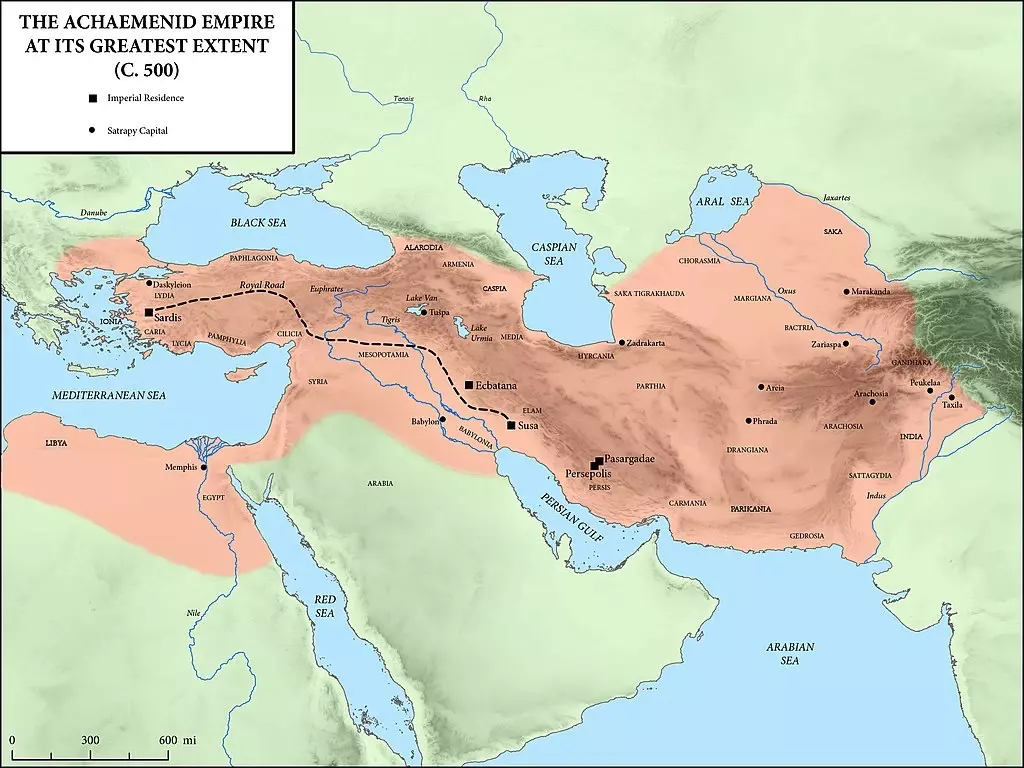
- The Achaemenid Empire was the first empire to establish a system of royal roads that connected its far-flung provinces.
- The Persians were tolerant of other religions and cultures, and they allowed their subjects to practice their own faiths. This was in stark contrast to the other empires of the time, which often forced their subjects to convert to their own religion.
- The Persians made significant contributions to art, architecture, and science. They built many impressive monuments, including the Apadana palace in Persepolis and the Naqsh-e Rustam reliefs. They also made advances in mathematics, astronomy, and medicine.
- The Persian Empire was a major center of trade and commerce. The Silk Road, which connected China and the Mediterranean, passed through Persia. This trade route helped to spread Persian culture and ideas to other parts of the world.
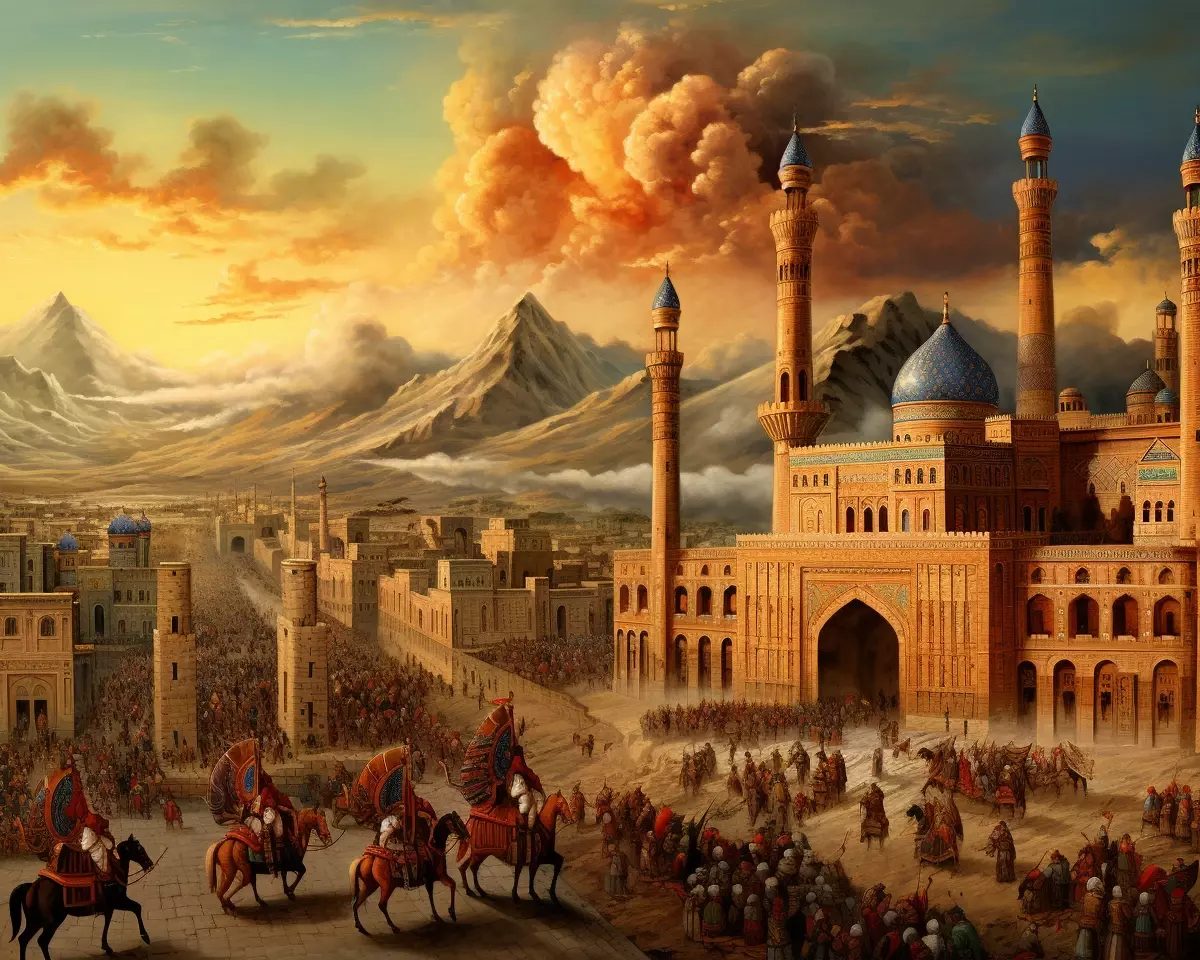
The Persian Empire was a powerful and influential empire that left a lasting legacy on the world. Its tolerant and inclusive culture, its contributions to art, architecture, and science, and its role as a major center of trade and commerce all had a profound impact on the development of human civilization.
